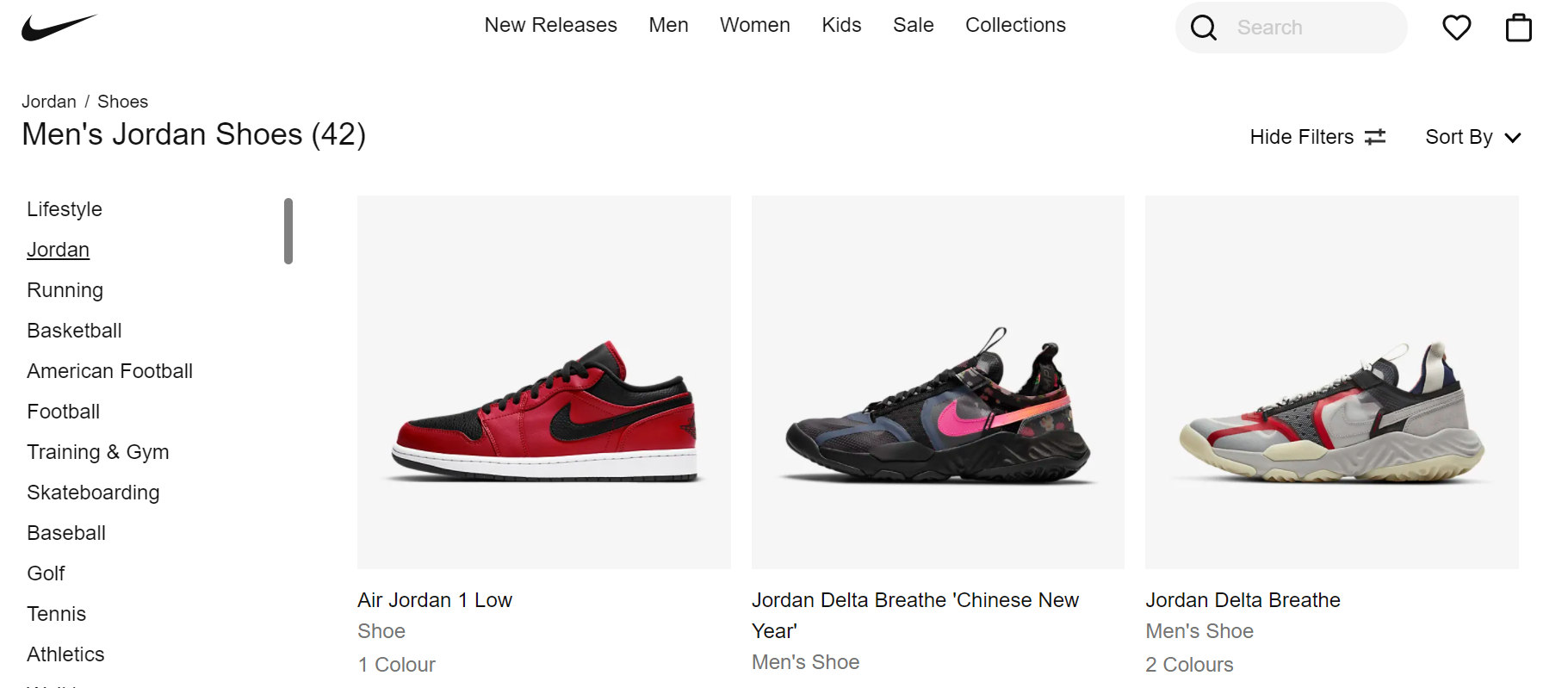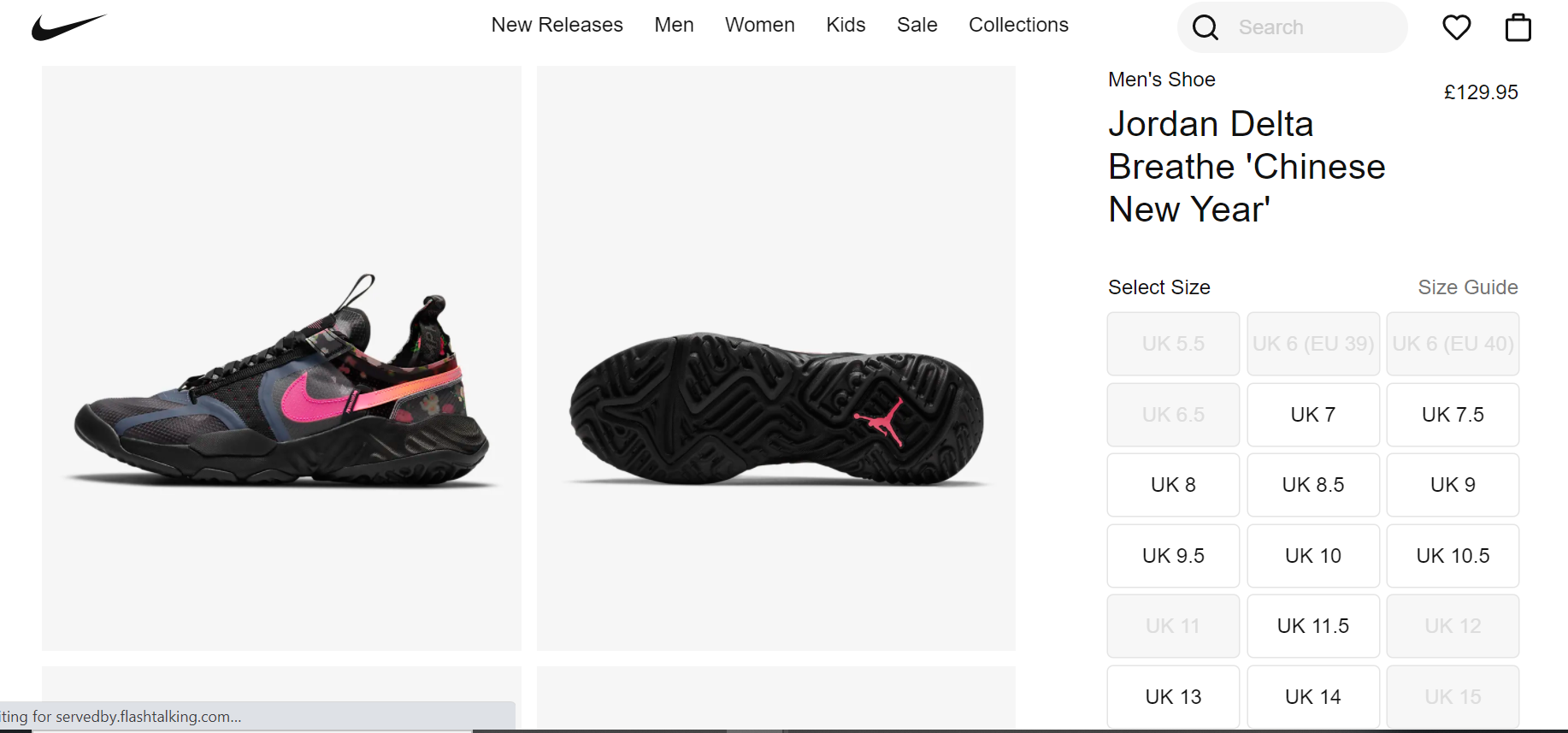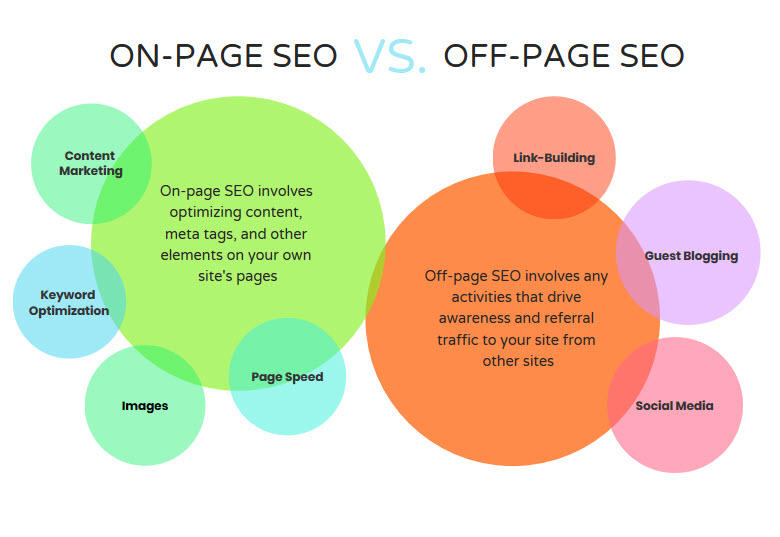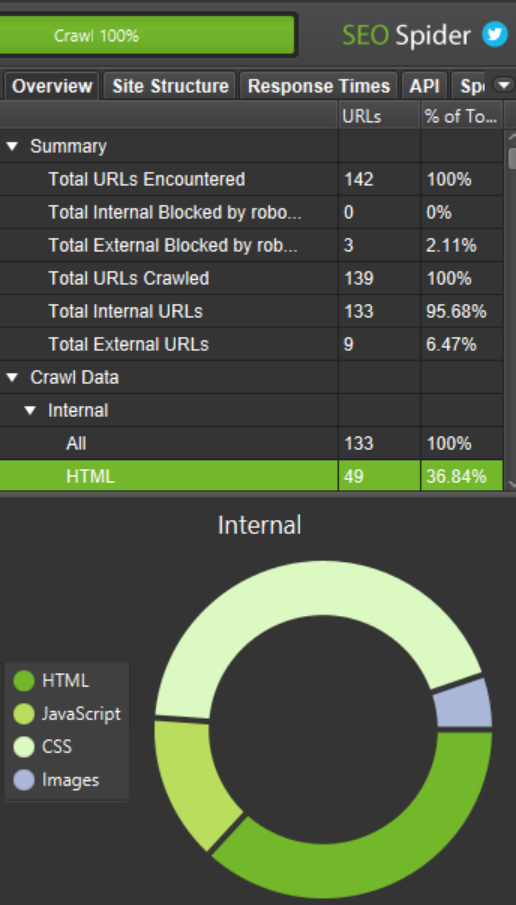E-commerce SEO – Everything you should know about Scratch
Finally, you have created an eCommerce website, Congrats! now you must be ready to kickstart the selling process. Great! Do you choose to best SEO e-commerce services such as a Shopify SEO Agency, or do you go it alone?
Though there is nothing to discourage, I want to tell you one thing.
Despite the best website design, quality of products, shipping, and brading, chances are your potential customers may not reach you. Yes, you read it right!
The sad truth is- because they are unable to find you online and do not even know that your business exists. So, what is the solution?
Well, to make your eCommerce website visible online, and reach a potential audience, you need to work on the right SEO strategies. Here eCommerce SEO steps in.
Because eCommerce success has nothing to do with website design, service or branding, only eCommerce SEO can do wonders. As I don’t want you to get confused, let me elaborate it clear with an example.
Let’s say you sell makeup, so when you search the keyword on Google, the result will be:
If you think outranking the top results websites is easier, I would say ‘FORGET IT.’ These websites are working so hard on their eCommerce SEO that you can’t even touch them.
But relax! That does not mean you can’t rank on the search engine page results (SERPs). In this guide, I will tell you how to start with eCommerce SEO from top to bottom.
So, tighten your seat belts and let’s get started.
What is E-commerce SEO in General?
SEO is an acronym for Search Engine Optimization. It is the process of driving more organic traffic from search engines like Yahoo, Bing, and Google. For example, when we search for anything on Google, you will be directed to the search engine results page (SERPs).
For example, you can see that I searched for makeup brands, and I got the list accordingly. Check the screenshot below for more detailed understanding.
In this screenshot above, you can see the top 10 ranking websites on search engine page results. And do you know how they reach here? Well, by regularly working on eCommerce SEO strategies.
eCommerce SEO is all about making sure your page products appear on the first page of organic search results ( in the top 10 organic results.)
According to a Forbes report, The first page of Google holds 71% of search traffic clicks, and in recent years it has become as high as 92%.
In simple words, eCommerce is to ensure that your product pages appear on the top ten organic search results. Although there are many pages to explore, you will rank the higher page number on the lower traffic you generate.
Coming to the next point- how SEO helps in your eCommerce success. Let’s have a look.
Importance of E-Commerce success with SEO
I agree that SEO is also not as easy as it seems. It takes a lot of efforts and knowledge to make your website stand out in the Google searches.
You should always remember that your competitors are ranking higher than you because they are working seriously on their SEO, which, unfortunately, you are not. But, trust me, if you start working on your SEO strategies, you will leave them behind soon.
Keep in mind that SEO is not overnight magic; you actually have to work hard to boost your eCommerce website. It is not your site traffic alone that needs attention, but you have to work on several other aspects like the money you spend.
Let me make it more precise with an example:
Suppose you want to rank for the keyword ‘health juices.’ The search volume of this keyword is 1.6 K, out of which 37% are clicked.
Picture credit: Ahrefs
To achieve top#1 position on the search engine page results, you need more visitors every month. If you go after keywords with 100+ monthly search volume, it will not help you to be a top ranker. Because maybe only 100 people are searching for specific keywords.
Make sure to never underestimate the power of keyword variants as others might be searching for the products with different keyword variants.
E-commerce Strategies that Work
Now, this is something you must be excited to know. The best eCommerce strategy includes Keyword research, Site architecture, on-page SEO, technical SEO, local SEO and content marketing.
Let’s understand them in detail.
#1 Keyword Research
 This is the initial task to perform when starting with your SEO campaign. Without this, you cannot drive your campaign forward. Believe it or not but every second, 700,000 Google searches are done. In fact, the average consumer processes 100,500 digital words daily.
This is the initial task to perform when starting with your SEO campaign. Without this, you cannot drive your campaign forward. Believe it or not but every second, 700,000 Google searches are done. In fact, the average consumer processes 100,500 digital words daily.
But do you know how to do keyword research for an eCommerce website? Well, it’s not rocket science.
- Firstly, list all pages on your website.
- Discover and map relevant keywords to each page
One thing you should always remember is keyword research should be on a page basis. There are basically two major types of pages to optimize: category and product pages. Check the images below to know clearly.
Category Pages
 Product Page
Product Page
 Besides these, a good eCommerce SEO keywords should include four essential points:
Besides these, a good eCommerce SEO keywords should include four essential points:
- Get a complete inventory of site’s pages
- Prioritize your pages
- Discover and map keywords of all pages by finding head keywords and long-tail keywords.
I won’t leave you midway without telling you where you can search for keywords.
- SEMrush Keyword Magic tool that gives you a global database with more than 17 million keywords, including long-tail keywords.
- Google Keyword Planner allows you to target eCommerce sites with medium to high competition keywords. To find the right keyword, you can also check the top of page bid and see how many advisors are spending clicks for paid ads. The more high the bid, the higher the intent.
#2. On-Page SEO
 After we have keywords and terms to be optimized, the next step is to implement those. So, let us understand how it works.
After we have keywords and terms to be optimized, the next step is to implement those. So, let us understand how it works.
Optimize Meta Tags and H1
Let me be very concise and clear. The common eCommerce Meta tags patterns are like the one in the below screenshot.
Many eCommerce stores have hundreds to thousands of pages, and every one has its unique Meta tags. Now, this is something really crazy! Of course, writing separate meta tags for each page is daunting and time-consuming. Rather you should make it simple and take a hybrid approach.
Your Meta description should not be more than 160 characters long. When writing Meta, make sure it has your primary keyword, including some long-tail keyword variation, USP (free returns, one-day delivery, free shipping etc.). Do not forget to optimize your CTR and make it more compelling.
Just make sure each page has at least one Heading 1, which is keyword focused.
URLs Slugs Optimization
URL slugs of eCommerce can be messy, and this is something you should avoid. Your slug must be readable and clear.
Suppose you want to create a product page for your eCommerce store; you must search for the right keywords. If you want well-performing URLs, make sure your slug is short and description just like the one below.
The keyword should be used in slug, and in meta tags. Check the screenshot below, here the focused title is ‘men’s shoes.’
When any user searches for men’s shoes in SERPs, they will get this page because the page and URL slug name has that particular keyword.
Write unique product and category descriptions
When you check big eCommerce retailers, you will see how they have written the product and category description.
Product Description
Never copy-paste description from manufactures website, make it completely unique so it starts its way to the high rank on SERPs.
#3. Technical SEO for eCommerce Site
 Technical SEO involves factors like fixing duplicate content, finding neglected pages, and Keyword cannibalization.
Technical SEO involves factors like fixing duplicate content, finding neglected pages, and Keyword cannibalization.
Duplicate content can be found by using tools like Copyscape.com, whereas when it comes to neglected pages, make sure the general rule of thumb is, your most important pages should not be more than three clicks away from your landing page.
Keyword cannibalization refers to when a single site targets the same keyword unintentionally across multiple pages and posts.
#4. Link Building
 eCommerce SEO is dependent on link building, which could be done in many ways. If your eCommerce store has more high-quality links and anchor text, chances are, the position of your store in the SERPs will ultimately increase.
eCommerce SEO is dependent on link building, which could be done in many ways. If your eCommerce store has more high-quality links and anchor text, chances are, the position of your store in the SERPs will ultimately increase.
So what are the link-building strategies you can use to boost your eCommerce website ranking? Have a quick look below:
- Begin with competitor analysis
- Guest posting
- Create and Distribute infographics
- Make a blog that answers any question on Quora and then add a link.
#5. Local SEO
Now, as many eCommerce owners target national and international users, what about local customers and retailers? Just for your information, 50% of searches on Google are carried out with mobile devices, and 80% have local intent.
If you want to shine in front of your local audience, make sure your strategies include local link building (citation building), on-site optimization, and getting reviews. Ensure your eCommerce business has a name, features a local phone number, and proper street address for business trades.
Wrapping the post
As I do not want to stretch it too long, let me wrap up the post with something valuable. There you have it! eCommerce SEO is not as complicated as you think; you just need to follow the right strategies at the right time. I hope this guide will give you an idea about how eCommerce SEO works.
Don’t forget to checkout the SEO e-commerce checklist.


